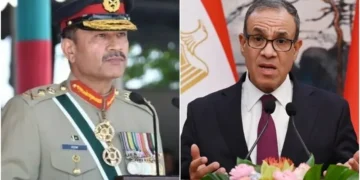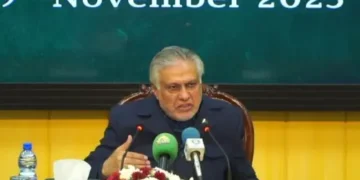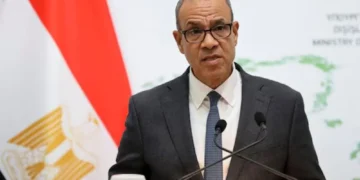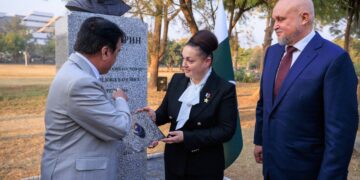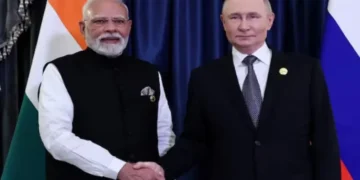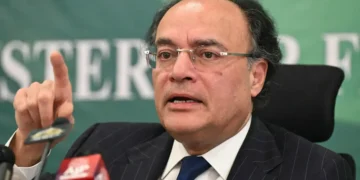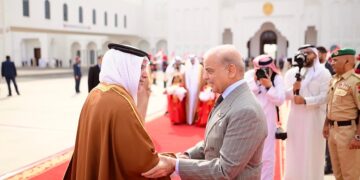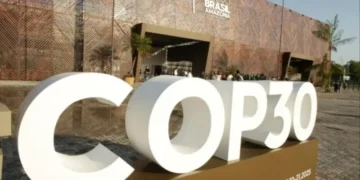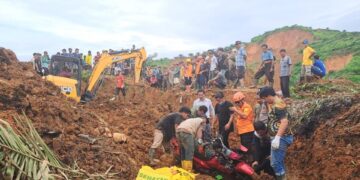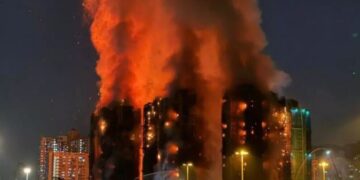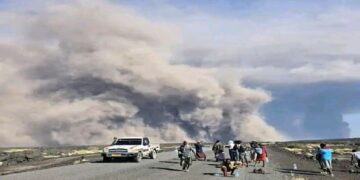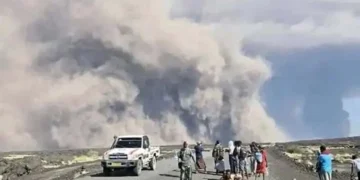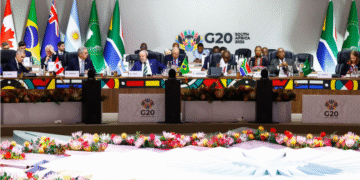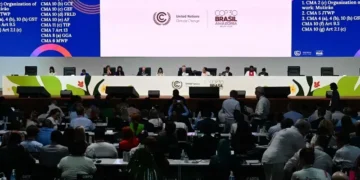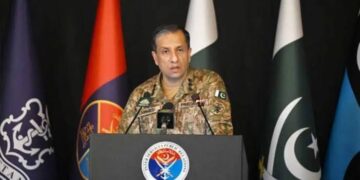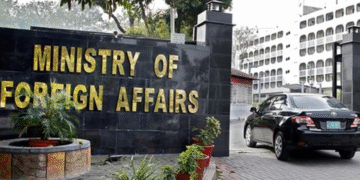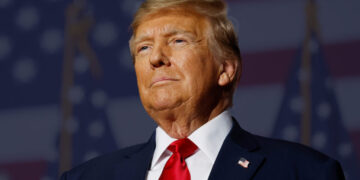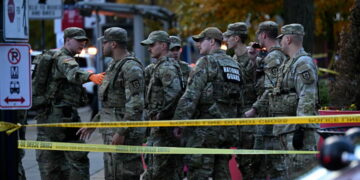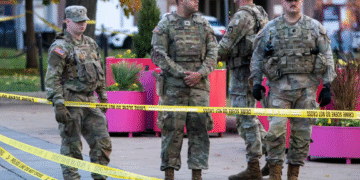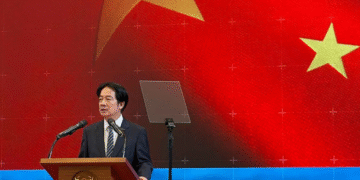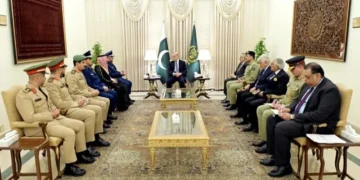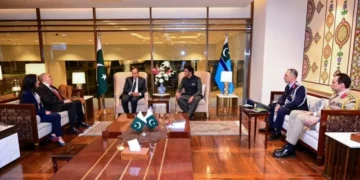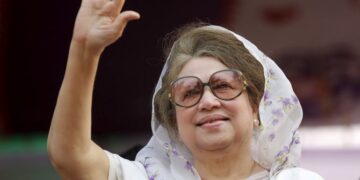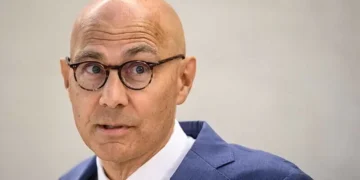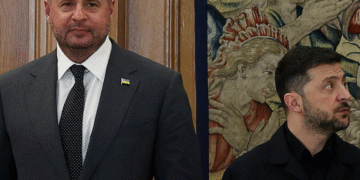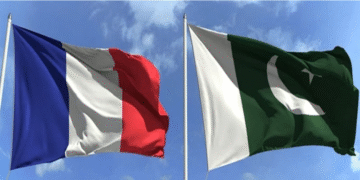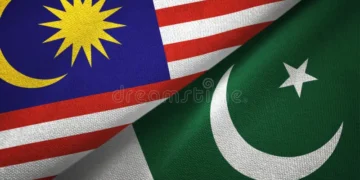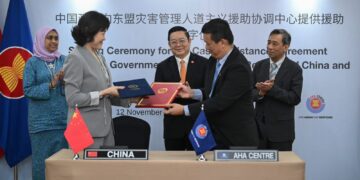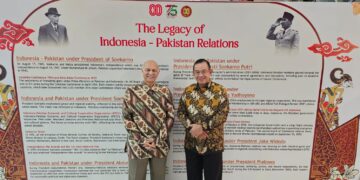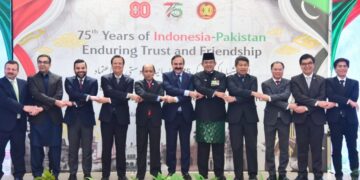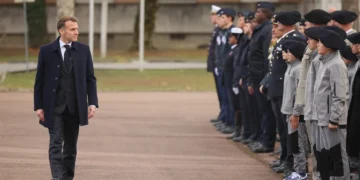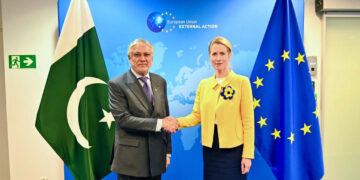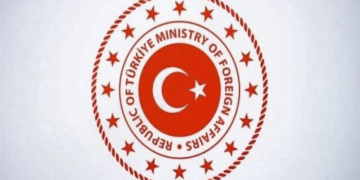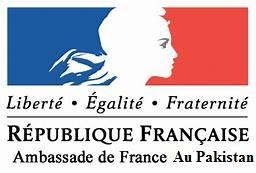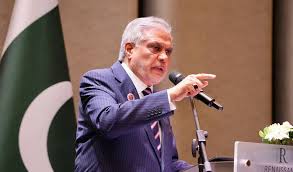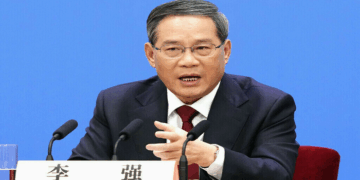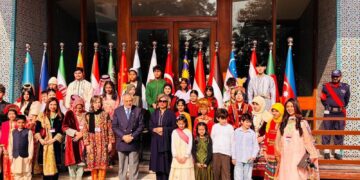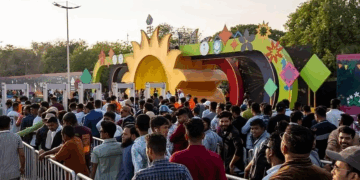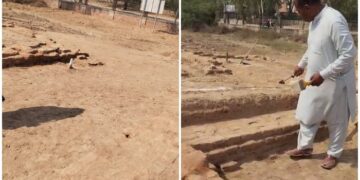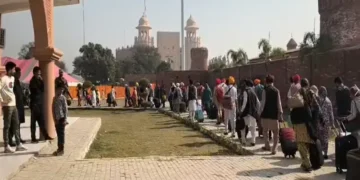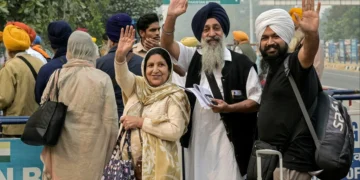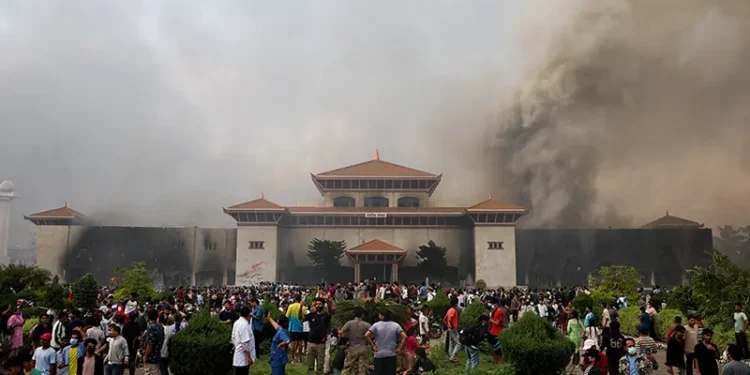Web Desk; In Nepal, an unlikely coalition of young activists led by a former DJ and his little-known nonprofit has become the driving force behind the country’s most serious political upheaval in decades.
Sudan Gurung, the 36-year-old founder of the civic group Hami Nepal (“We are Nepal”), used social media platforms popular with gamers and youth to mobilize protests that toppled Prime Minister K.P. Sharma Oli, paving the way for the installation of new interim leadership.
Organizers and participants said the movement spread rapidly through the Discord messaging app and Instagram. Despite bans on certain platforms, activists bypassed restrictions using VPNs, broadcasting calls to action that reached tens of thousands of young people.
“I was invited to a Discord group with around 400 members. They asked us to join a march just a few kilometers from parliament,” said 18-year-old student Karan Kulung Rai, who joined despite not being a member of Hami Nepal.
As demonstrations escalated, Hami Nepal’s posts gained national traction, even being cited on television. The group sought to counter misinformation online and circulated hospital contact numbers as casualties mounted. By the time the protests forced Oli to resign, dozens had died and thousands were wounded, marking the deadliest unrest in Nepal in decades.
Hami Nepal’s influence did not end with the protests. Its leaders, operating under pseudonyms for safety, have positioned themselves at the center of negotiations over Nepal’s political transition.
According to members, they persuaded President Ramchandra Paudel and the army chief to appoint former Chief Justice Sushila Karki as the country’s first female interim prime minister. Known for her uncompromising stance against corruption, Karki has pledged to oversee elections scheduled for March 5.
“I will ensure that power remains with the people and that corrupt politicians are held accountable,” Gurung declared at his first press conference after the uprising. On Sunday, he and his team were reportedly in talks to shape the new cabinet, pressing for the removal of officials tied to the previous government. “The process is being carefully managed to include skilled and capable youth,” the group announced on Instagram.
The protests, largely fueled by Nepal’s “Gen Z” youth, erupted after a government ban on multiple social media platforms — a measure that was quickly reversed. Demonstrations spiraled into violent confrontations with security forces, leaving at least 72 people dead and more than 2,100 injured, according to the health ministry. “Bodies are still being recovered from malls, homes, and other buildings set ablaze during the clashes,” ministry spokesman Prakash Budathoki said.
Government property, police stations, the parliament, the Supreme Court, and even private residences, including those of President Paudel and former Prime Minister Oli, were attacked or set on fire.
Despite their newfound political clout, Gurung and his fellow organizers insist they have no interest in holding office. “We don’t want to be politicians. We are only the voice of the nation,” said 26-year-old volunteer Ronesh Pradhan. Instead, they see their role as guiding the transition and ensuring accountability.
Gurung, who reinvented himself after a career as a DJ, first rose to prominence by organizing civic relief during Nepal’s devastating 2015 earthquake and the COVID-19 pandemic. Now, with a team that includes young activists like café owner Ojaswi Raj Thapa and law graduate Rehan Raj Dangal, his group has drawn over 160,000 Instagram followers. Thapa told Reuters that strengthening judicial independence would be one of the interim government’s priorities, adding: “We may need constitutional changes, but we do not want to dissolve the constitution.”
The crisis has left Nepal at a crossroads. With the interim government in place under Karki and elections set for March, the country faces the dual challenge of restoring order while addressing the demands of a youth-driven movement that has already reshaped its political landscape.

